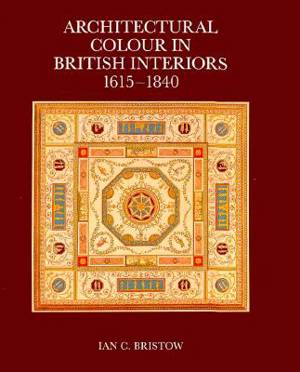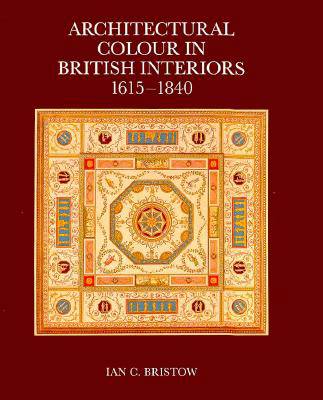
- Retrait gratuit dans votre magasin Club
- 7.000.000 titres dans notre catalogue
- Payer en toute sécurité
- Toujours un magasin près de chez vous
- Retrait gratuit dans votre magasin Club
- 7.000.0000 titres dans notre catalogue
- Payer en toute sécurité
- Toujours un magasin près de chez vous
Description
Paint is ephemeral: it fades and discolors and is obliterated by succeeding phases of redecoration. Until recently, this has presented a significant obstacle in researching the architectural colours used in British interiors of earlier centuries but, in this study, Ian C. Bristow combines information from documentary sources with data obtained from the technical investigation of significant interiors by important architects of the period. He has thus been able to establish a coherent outline of true historical practice, which hs here presented for the first time. Bristow contrasts the noble interiors of Inigo Jones with more intimate spaces of the period. He then sets the succeeding drabness adopted in many rooms in the second half of the seventeenth century against the era's taste for marbling, graining, and imitation Japan. Moving on to consider the eighteenth century, he shows how the new foundation established by the Palladians came to provide the basis for the lively use of colour by Robert Adam and his contemporaries. Finally he examines how the development of colour theory in the early nineteenth century superseded eighteenth-century ideas and, combined with the Regency taste for the exotic, led to an entirely new outlook, much of which has lasted to the present day. Bristow's book is an essential complement to more conventional architectural studies of form and space and a key text for students of all aspects of the historic interior.
Spécifications
Parties prenantes
- Auteur(s) :
- Editeur:
Contenu
- Nombre de pages :
- 288
- Langue:
- Anglais
- Collection :
Caractéristiques
- EAN:
- 9780300038668
- Date de parution :
- 25-09-96
- Format:
- Livre relié
- Format numérique:
- Genaaid
- Dimensions :
- 243 mm x 321 mm
- Poids :
- 1909 g

Les avis
Nous publions uniquement les avis qui respectent les conditions requises. Consultez nos conditions pour les avis.






